Exposure Quiz
Those who missed the One Second to Act Exposure Quiz blog post are invited to click here and see how smart they are. I will let you know what I did and address the comments within two days at most so best not to tarry.
|
This image of a stunning white morph Reddish Egret in full breeding plumage was created on the Fort DeSoto In-the-Field Workshop on Monday morning past with the tripod-mounted Canon 500mm f/4L EF IS II USM lens, the Canon 1.4x EF Extender III (Teleconverter), and the Canon EOS-1D X digital SLR camera body. ISO 400. Evaluative metering +1/3 stop as framed: 1/2000 sec. at f/6.3 in Manual mode confirmed by histogram check. Three up from the central sensor/AI Servo Surround/Rear Focus AF active at the moment of exposure. Click here if you missed the Rear Focus Tutorial. Click on the image to see a larger version. Kudos to co-leader Denise Ippolito for pointing this bird out to the group; most folks were paying rapt attention to either the flock of tame Royal Terns or the beautiful female Long-billed Curlew. |
Fort DeSoto/Hooptie Deux/Roseate Spoonbill Short Notice IPT
Fort DeSoto/Hooptie Deux/Roseate Spoonbill Short Notice IPT: March 6-10, 2013. 5-DAY: $2399 (Includes 3 mornings on the Hooptie Deux). Limit: 6/Openings: 5.
Join me as part of a small group for five great days of bird photography and learning. We will spend three mornings with the breeding plumage spoonbills on James Shadle’s customized pontoon boat. This alone would cost you $1050 so this works out to the cheapest IPT ever: 5 full days for only $1349. We will spend two of our mornings and four of our afternoons at Fort DeSoto photographing all manner of wading birds, gulls, terns, and almost surely some Great Horned Owl chicks. Our last afternoon will be spent at an active Wood Stork rookery with lots of flight photography opportunities.
|
This image of a Roseate Spoonbill in flight was created last week on the foggy morning of February 22, 2013 at Alafia Banks on a Hooptie Deux trip with James Shadle with the tripod-mounted Canon EF 600mm f/4L IS II USM lens, the Canon 1.4x EF Extender III (Teleconverter), and the Canon EOS-1D X Digital SLR camera. ISO 1600. Evaluative metering +2 1/3 stops off the sky: 1/500 sec. at f/5.6 in Manual mode. Central sensor Surround/AI Servo/Rear Focus AF active at the moment of exposure. Click here if you missed the Rear Focus Tutorial. Click on the image to see a larger version.
|
The New Concept
At lunch on the Monday past after the Fort DeSoto In-the-Field Workshop, I had the group look over my shoulder as I picked my keepers from the morning session on my laptop. In addition to learning why I selected one or several images from a series, folks got to see the images that I created and compare them to the images that they had made. One very nice man, Chuck Murphy, who was using the same lens as me–the 600 II, was amazed. He said, “Having the chance to see the images that you created and to watch you edit them was worth the price of admission for the whole weekend. (Chuck attended the weekend seminar as well as the ITF-Workshop.)
That set me to thinking about a new type of IPT, one with lots of photography, one with lots of small group in-the-field instruction, one with folks watching me edit my day take every day at lunch, one where folks have a chance to share their images from each session. (Bringing your laptop to lunch is of course a necessity.)
The Hooptie Deux mornings will offer lots of great flight photography not only with spoonbills, many in full breeding plumage and many carrying nesting material, but with Brown Pelicans and Double-crested Cormorants (many also carrying nesting material), Reddish Egret and White Ibis in full breeding plumage, Great Egret, Great Blue Heron, Turkey and Black Vultures, and lots more.
At DeSoto the Laughing Gulls will be in splendid breeding plumage with their full black hoods, their wine-red bills, and white eye crescents. They are one of our most under-appreciated species. The Royal, Sandwich, and Forster’s Terns will also be in breeding plumage. And all of these species will be displaying, courting, and mating. You can also expect a variety of shorebirds including Long-billed Curlew, Marbled Godwit, Dunlin, and many more. And you will need to beat the Willets off with a stick. The additional possibilities are too numerous to mention.
All of the above plus practically private access to one of the planet’s premier photographic educators represents a rare opportunity to grow as a nature photographer. A $500 deposit is needed to hold your spot; call us at 1-863-692-0906. Your deposit may be placed with a credit card. Your payment in full by personal check will then be due along with your completed paperwork both sent via US Mail. If you would rather pay in full via personal check, please immediately to save your spot. I have no idea whether anyone will sign up or if folks will think that the new concept is nothing special. I am sure that it will be a huge success, a new way of learning. As always, this IPT will run with only a single registrant. Yeah, I know that I am nuts but I cannot live with telling folks who have arranged time off from work and made travel plans that I am cancelling the IPT because I will not be making enough money to justify running the trip….
|
This Royal Tern image was created at Fort DeSoto with the Canon EF 600mm f/4L IS II USM lens, the Canon 2x EF Extender III (Teleconverter), and the Canon EOS-1D X Digital SLR camera. ISO 400: 1/1250 sec. at f/9 in Manual Mode confirmed via histogram check. With the Mongoose M3.6 on the Skimmer Ground Pod II. We have been selling so many Mongoose M3.6 heads that the manufacturer cannot keep up with our demand; they are currently back-ordered. Place your order now to guarantee receiving yours from our next shipment. Two folks on the in-the-field workshop tried a Mongoose; each purchased one immediately…. Imagine approaching a group of roosting terns as I share my vision with you: “This is the image I want to make.” Imagine lying in the sand next to me as I explain my exposure settings and alert you to small changes in the light. Central sensor (by necessity) Expand/AI Servo/Rear Focus AF on the bird’s eye and recompose. Click here if you missed the Rear Focus Tutorial. Click on the image to see a larger version. |
Strange Pose…
Old NYC friend Joe DiCostanzo has been working on Great Gull Island since 1975 banding Common Terns and computerizing the data. I once asked him about the behavior/pose in the image above, commonly seen with terns and gulls. He said, “The bird is checking to see if it is banded.”
This Just In
I heard from Chuck by e-mail moments after I published this blog post; here is what he had to say:
The classroom sessions with you and Denise were excellent! I really learned a lot about proper exposure and it’s already made big difference in my success rate shooting birds. The field session at Ft. Desoto park was awesome. We had great opportunities with a lot of cooperative birds, and it was a special treat to have that very tame long-billed curlew parading around—that’s a new bird for my life list, and I got some great images.
However, the single thing that was most useful to me was watching you review and edit your images during the lunch after the field trip. I’d already had a chance to do a quick review of what I’d shot in the morning, and I thought I’d done pretty well. But then as we watched you run through what you’d shot that morning, it was more than a bit deflating! Virtually all of your stuff was better than my stuff, and it was mostly because I hadn’t fully followed through on what you’d taught in class: I lowered my tripod to get low as you showed us in class, but while shooting the same bird, you were lying on your belly in the sand. I stayed cleaner, but you got better shots. After seeing exactly what you had captured in the same situation, it really drove home what you’d been preaching.
Thanks again, the classroom sessions followed by the field trip made a great combo, and being able to compare what I shot to what you got when we were in the same place at the same time was invaluable.
|
This image was also created last week on the foggy morning of February 22, 2013 at Alafia Banks with the tripod-mounted Canon EF 600mm f/4L IS II USM lens, the Canon 1.4x EF Extender III (Teleconverter), and the Canon EOS-1D X Digital SLR camera. ISO 800. Evaluative metering at zero: 1/1250 sec. at f/5.6 in Manual mode; this was a best guess exposure as I did not want to miss the action. 61-point/AI Servo/Rear Focus AF/four lower right sensors active at the moment of exposure. Click here if you missed the Rear Focus Tutorial. Click on the image to see a larger version.
|
Nesting Material
This Brown Pelican was wrestling with a large mangrove branch that it hoped to add to its nest but that was just not gonna happen. We will get to photograph several species carrying nesting material.
|
This Long-billed Curlew was created on the Fort DeSoto In-the-Field Workshop on Monday morning past with the tripod-mounted Canon EF 600mm f/4L IS II USM lens, the Canon 1.4x EF Extender III (Teleconverter), and the Canon EOS-1D X Digital SLR camera. ISO 400. Evaluative metering +1 stop: 1/1000 sec. at f/6.3 in Manual mode. Left of center/AI Servo Surround/Rear Focus AF active at the moment of exposure. Click here if you missed the Rear Focus Tutorial. Click on the image to see a larger version.
|
Long-billed Curlew
The bills of Long-billed Curlews are uniquely adapted to feeding on fiddler crabs. The curve of their bills matches the shape of the crabs’ burrows and the upper mandible has a super-sensitive blob tip that allows them to feel for their prey items well below the surface. This bird, with its extraordinarily long bill, is a female. The males have proportionately shorter bills.
Your Favorite?
Take a moment to leave a comment and let us know which of the five images above is your favorite. And do let us know why.
Seriously Huge B&H Savings on Nikon and Canon Gear
Nikon
For the first time in many years NIKON is going to be deeply discounting many legacy pro lenses individually for the next 2 weeks only with discounts up to $350. There are also many amazing deals on NIKON Buy together and Save packages as well. Click here to save.
Nikon DSLRS Bundles with Lenses & Flash: Save up to $750. Click here to save. Make sure to add each item to your shopping cart to see the absolute lowest price.
Canon Lenses & Speedlites: Save Up to $300
Click here to save. Make sure to add each item to your shopping cart to see the absolute lowest price.
Canon Buy Together & Save: Save Up to $400
Click here to save.
EOS-1D X AF Guide
You can learn exactly how I set up and use this camera’s great new AF system in our EOS-1D X AF Guide. And you can learn about our other camera User’s Guides here.
Southwest Florida Site Guide
Several folks have written recently asking why this great guide has not been updated since 2007. The answer is that I have not discovered any new hotspots and that the good places remain good and the great places remain great. We found the Snowy Plovers on Wednesday in the exact spot described in the Southwest Florida Site Guide. Go figure.
Typos
On all blog posts, feel free to e-mail or leave a comment regarding any typos, wrong words, misspellings, omissions, or grammatical errors. Just be right. 🙂
Support the BAA Blog. Support the BAA Bulletins: Shop B&H here!
We want and need to keep providing you with the latest free information, photography and Photoshop lessons, and all manner of related information. Show your appreciation by making your purchases immediately after clicking on any of our B&H or Amazon Affiliate links in this blog post. Remember, B&H ain’t just photography!
Support the BAA Blog. Support the BAA Bulletins: Shop Amazon here!
And from the BAA On-line Store:
LensCoats. I have a LensCoat on each of my big lenses to protect them from nicks and thus increase their re-sales value. All my big lens LensCoat stuff is in Hardwood Snow pattern.
LegCoat Tripod Leg Covers. I have four tripods active and each has a Hardwood Snow LegCoat on it to help prevent further damage to my tender shoulders 🙂 And you will love them in mega-cold weather....
Gizo GT3532 LS CF Tripod. This one replaces the GT3530LS Tripod and will last you a lifetime. Learn more about this great tripod here.
Mongoose M3.6 Tripod Head. Right now this is the best tripod head around for use with lenses that weigh less than 9 pounds. For heavier lenses, check out the Wimberley V2 head.
Double Bubble Level. You will find one in my camera's hot shoe whenever I am not using flash.
The Lens Align Mark II. I use the Lens Align Mark II pretty much religiously to micro-adjust all of my gear an average of once a month and always before a major trip. Enjoy our free comprehensive tutorial here.
BreezeBrowser. I do not see how any digital photographer can exist without this program.
Delkin Flash Cards. I use and depend on Delkin compact Flash Cards and card readers most every day. Learn more about their great 700X and 1000X cards here or about my favorite Delkin card here.

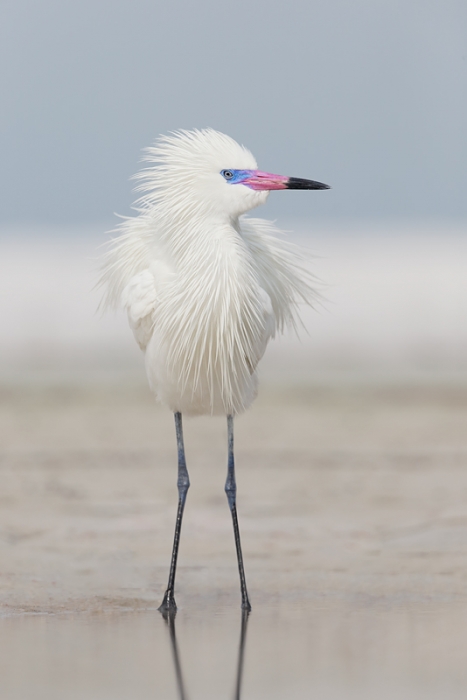
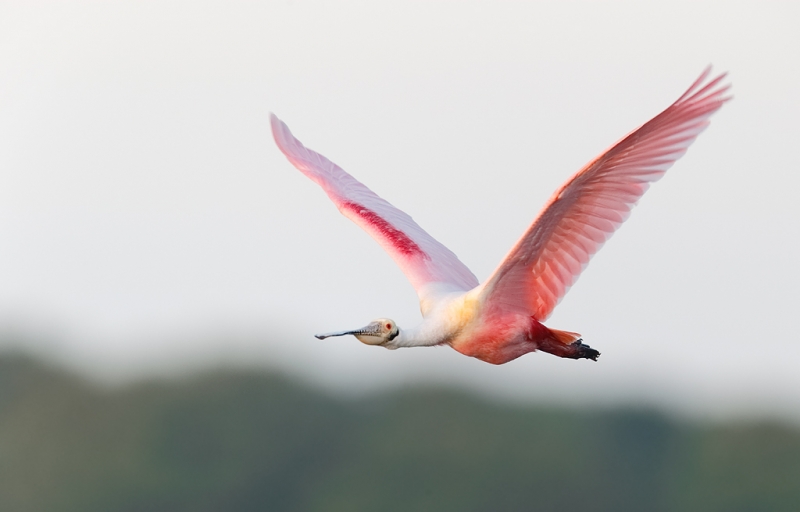
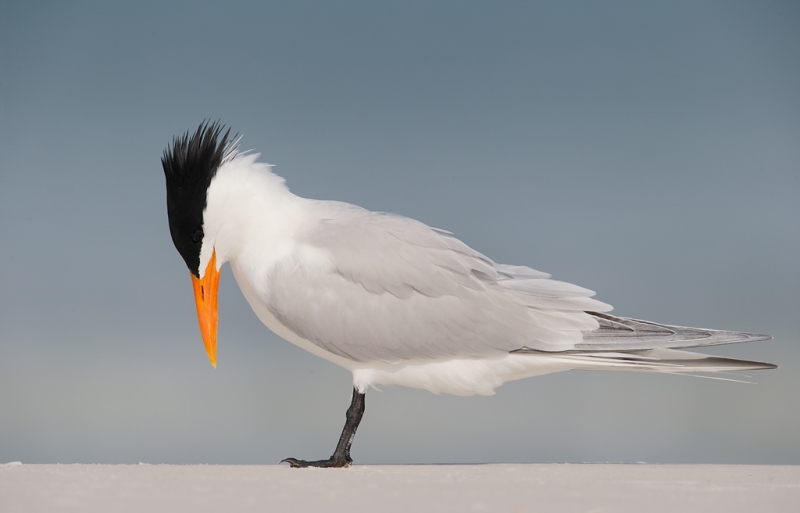
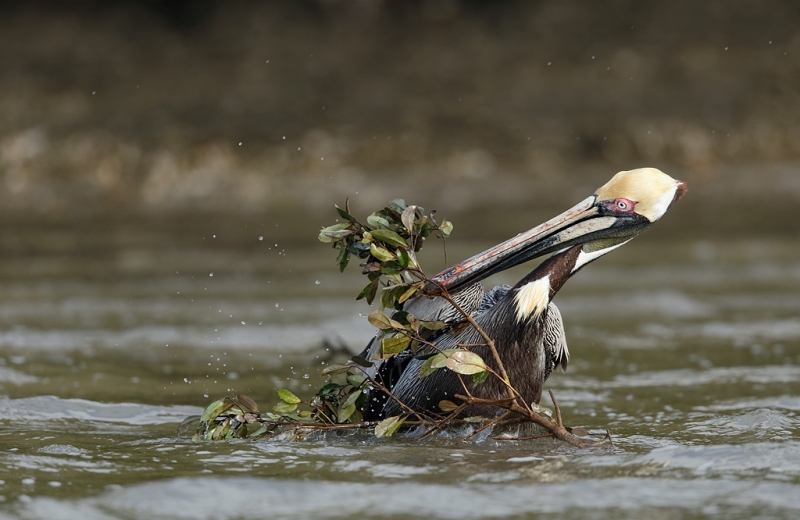
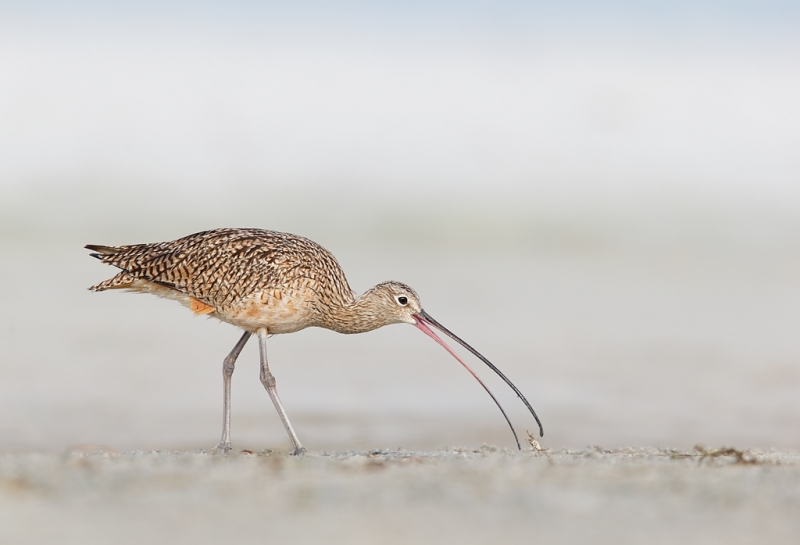













The Long-billed Curlew is my favorite. I like the contrast of the birds feather pattern with the softness of the foreground and background.
Hey Artie,
Really enjoyed the Tampa seminar and was getting down low today while shooting a Wilsons Snipe.
Wish I could have made it to Fort Desoto with your group.The beautiful shot you took of the Reddish Egret in white morph just totally blew me away.
Best wishes and good shooting!
Bill Eaton
Struggling pelican is unusual and my pick.
The Royal Tern image is my absolute favorite – love the clean background. This is the sort of image I set out to make every time I go to the beach to photograph shorebirds!! Nicely done.
The Fort Desoto IPT was fantastic! I really like the concept you are putting together. Let me give some hard thoughts on it…
I hope that you can join me for a few days of apprenticeship!
I am in! 🙂
I am happy 🙂 Heck, I am always happy but I am very glad that you are coming.
Hi, Artie, great post and wonderful images as always. My favorite is the spoonbill; it’s a great image and I’m a total sucker for spoonbills. Second is “the stunning white morph Reddish Egret.” Your description says it all and the composition is great; I like having only part of the legs in the reflection, as in your wonderful image of a landing egret a few blogs ago. Third is the curlew; having that poor crab trying to save itself in there really makes the image. I can see you lying on your stomach in the sand for that one (even if you weren’t). Fourth is the struggling pelican; unusual and great composition and action, but it takes a moment to figure out what’s happening. I’d love the royal tern even more if I could see its eye more easily.
My favorite by far is the Reddish Egret. In fact, I think it is my favorite Reddish Egret photo ever. The composition is just wonderful – the forward pose, turn of the head, all the detail that can be seen in the feathers, the beautiful blue/pink colors and those bowlegs!